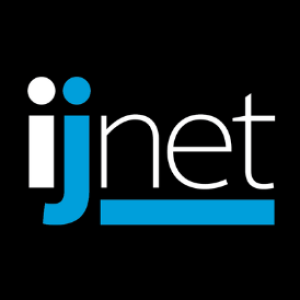Amidst the flurry of Instagrams, Snapchats and WhatsApps, there is one thing that modern journalism hasn’t changed: good reporting is anchored in good writing.
From the captions we use to contextualize our photos, the scripts behind our videos, the interview questions we ask and the way we frame our stories, the market value of good writing has not diminished (if anything, in a landscape flooded with hastily strung-together words, the ability to construct a sterling sentence has skyrocketed).
Accordingly, the digital world has attempted to ease the (often agonizing task) of writing well.
Medium
Medium is one of the best-known publishing platforms available, and one of the easiest to use. Its clean interface, limitations in presentation and ease of production force journalists to focus on the content they’re producing, rather than any flash surrounding it.
Given its fiercely loyal community, fostering everything from Pacific Standard to indie publications to bloggers, it is a useful outlet for any journalist, acting as a blog, an experimental ground for pieces or a professional platform.
Svbtle
At first glance, Svbtle seems a lot like Medium in that it also runs on the philosophy that less is more. It offers very little in the way of customization, and allows users to collect ideas and then publish them in one attractive, but minimalist format.
However, Svblte is ideal for writers who want a quieter space and their own personal platform. While Medium encourages an active community, allowing commenting and highlighting from other users, Svblte allows no such thing. It is purely a showcasing tool, and while Medium will only allow pieces to be published on the Medium site, Svbtle acts like WordPress in allowing custom domains and icons.
Scrivener
Readers underestimate the complexity of writing a long-form article. It often takes time, a mountain of research, interviews, reworking, brutal editing and constant restructuring.
Designed specifically with writers in mind, Scrivener (which is software, not an online platform) has all sorts of add-ons — a ‘distraction free’ mode, the ability to split screens, the ability to set word-count goals, among others.
Scrivener comes with the disadvantages of being robust software, and having the learning curve that comes with that. Also, while there is a free trial, unlimited use carries a price tag.
Penzu
Penzu isn’t necessarily going to make writing itself easier, but it is an easy way to keep a daily journal. Writers — reporters and novelists alike — are often advised to keep a daily journal to keep their writing skills sharp and their heads clear. However, when you type 10 times faster than you write, and you’re glued to a computer all day, it can be hard to take pen to paper.
Penzu is convenient, available on phones as well as computers, and will email you every day with a friendly “How was your day?” to remind you if you’ve forgotten it (a common problem in an industry where it’s standard to experiment with two or three new apps a week).
HackPack.press offers weekly TechCorners, highlighted grants and job opportunities. Register here.
Main image CC-licensed by Flickr via Fredrik Rubensson.


